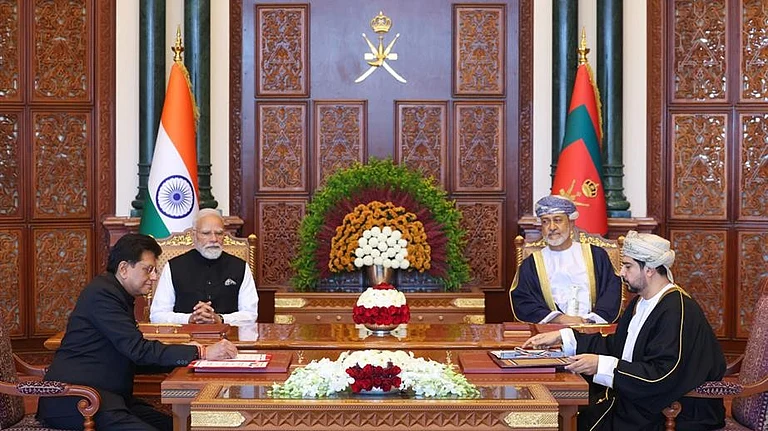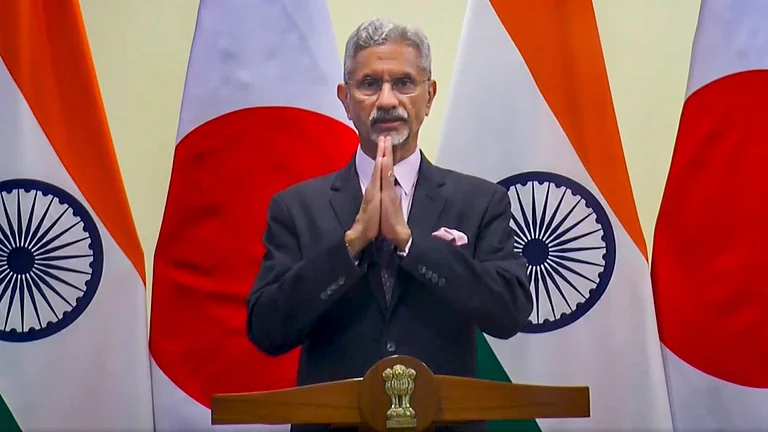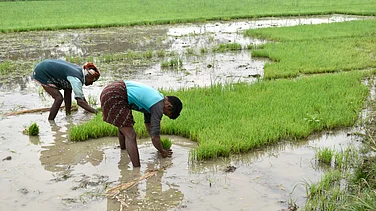People in the tropics and subtropics, which make up about three-fourths of the world's population, could experience strong, rapid changes in both extreme temperatures and rainfall over the next 20 years unless greenhouse gas emissions—the primary driver of climate change—are reduced dramatically, a new study has found.
On the other hand, if emissions are lowered enough to meet the goals outlined in the Paris Agreement, then 20 percent of the world's population, or around 1.5 billion people, could face risks related to extreme weather, researchers, led by those at the CICERO Centre for International Climate Research, Norway, found.
The Paris Agreement aims to limit the rise in global average temperature to 1.5 degrees Celsius above pre-industrial levels.
"The regions of clear rapid change in extreme precipitation relative to pre-industrial trends tend to include the mid to high northern latitudes, low-latitude (tropical) Asian countries and equatorial African countries," the authors wrote in the study published in the journal Nature Geoscience.
They added that tropical regions are often seen to be home to low-income countries, which are especially vulnerable to climate change, worsening the risks due to rapid changes in extreme weather.
Southern Asia and the Arabian Peninsula are projected to see unprecedented consequences of the combined effects of changes in extreme temperatures and rainfall, even if goals of net-zero emissions are met by 2050, the researchers found.
They said that few studies have looked at how extreme weather will impact different countries and that the study explored "regional changes".
"We focus on regional changes, due to their increased relevance to the experience of people and ecosystems compared with the global mean, and identify regions projected to experience substantial changes in rates of one or more extreme event indices over the coming decades," lead author Carley Iles, CICERO Centre for International Climate Research, said.
The authors explained that rapid changes, which increase the risk of unprecedented conditions and extreme events, currently account for a disproportionate share of the realised impacts of climate change.
For example, heatwaves may cause heat stress and excess mortality of both people and livestock, stress to ecosystems, reduced agricultural yields, difficulties in cooling power plants and transport disruption, they said.
Further, rainfall extremes can lead to flooding and damage settlements, infrastructure, crops, and ecosystems; increased erosion; and reduced water quality, the researchers said.
Therefore, society seems particularly vulnerable to high rates of change of extremes, especially when multiple hazards increase at once, they said.
The team also found that cleaning up of air pollution, including aerosols, mostly over Asia, could lead to an accelerated increase in hot extremes and effects on Asian monsoons.
"While cleaning the air is critical for health reasons, air pollution has also masked some of the effects of global warming. Now, the necessary cleanup may combine with global warming and give very strong changes in extreme conditions over the coming decades," co-author Laura Wilcox from the University of Reading, UK, said.
























.jpg?w=200&auto=format%2Ccompress&fit=max)





